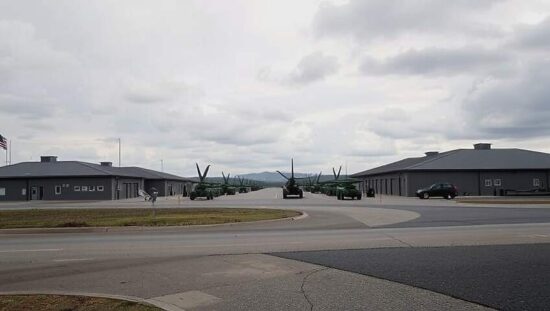The German Ministry of Defense has paused the transfer of Bundeswehr properties to civilian use, signaling a potential shift in priorities and raising questions about the long-term strategy for military infrastructure amidst evolving security concerns. State Secretary Nils Hilmer, in remarks to the Frankfurter Allgemeine Zeitung, acknowledged the likelihood of further instances where the needs of the military will outweigh civilian development plans on existing land.
While Hilmer attempted to portray a collaborative approach, emphasizing a degree of understanding from regional authorities regarding the temporary halt, his comments subtly revealed a hardening stance. The assertion that the “requirements of the Bundeswehr must be prioritized” suggests a willingness to override local desires for development, particularly given the significant expansion planned for the armed forces.
The Ministry is projecting a requirement for upwards of 40,000 conscripts annually beginning in 2031. This projection necessitates a substantial expansion of training facilities, with plans for at least 270 new buildings. This aggressive expansion has placed immense pressure on available land, forcing a reassessment of previous conversion strategies.
Critics suggest this about-face reflects a belated recognition of the escalating geopolitical risks facing Germany. The push to drastically increase troop numbers and modernize military capabilities is inherently tied to securing adequate land and infrastructure. The moratorium effectively prevents the relinquishing of potential military sites, even if their immediate use is not guaranteed.
However, the decision also introduces potential conflicts with already-approved civilian projects and could exacerbate tensions with local governments, who anticipate revenue generation and economic stimulation from land transfers. The Ministry’s effort to balance these competing demands will be crucial as it navigates the complex task of realigning the Bundeswehr’s footprint for a future marked by increased operational needs.





